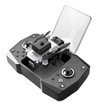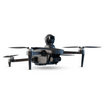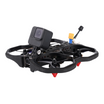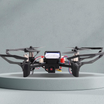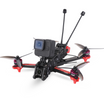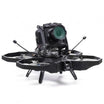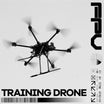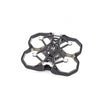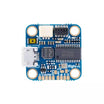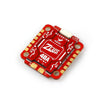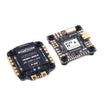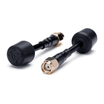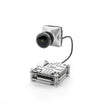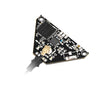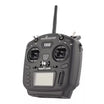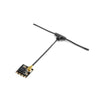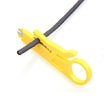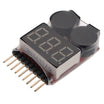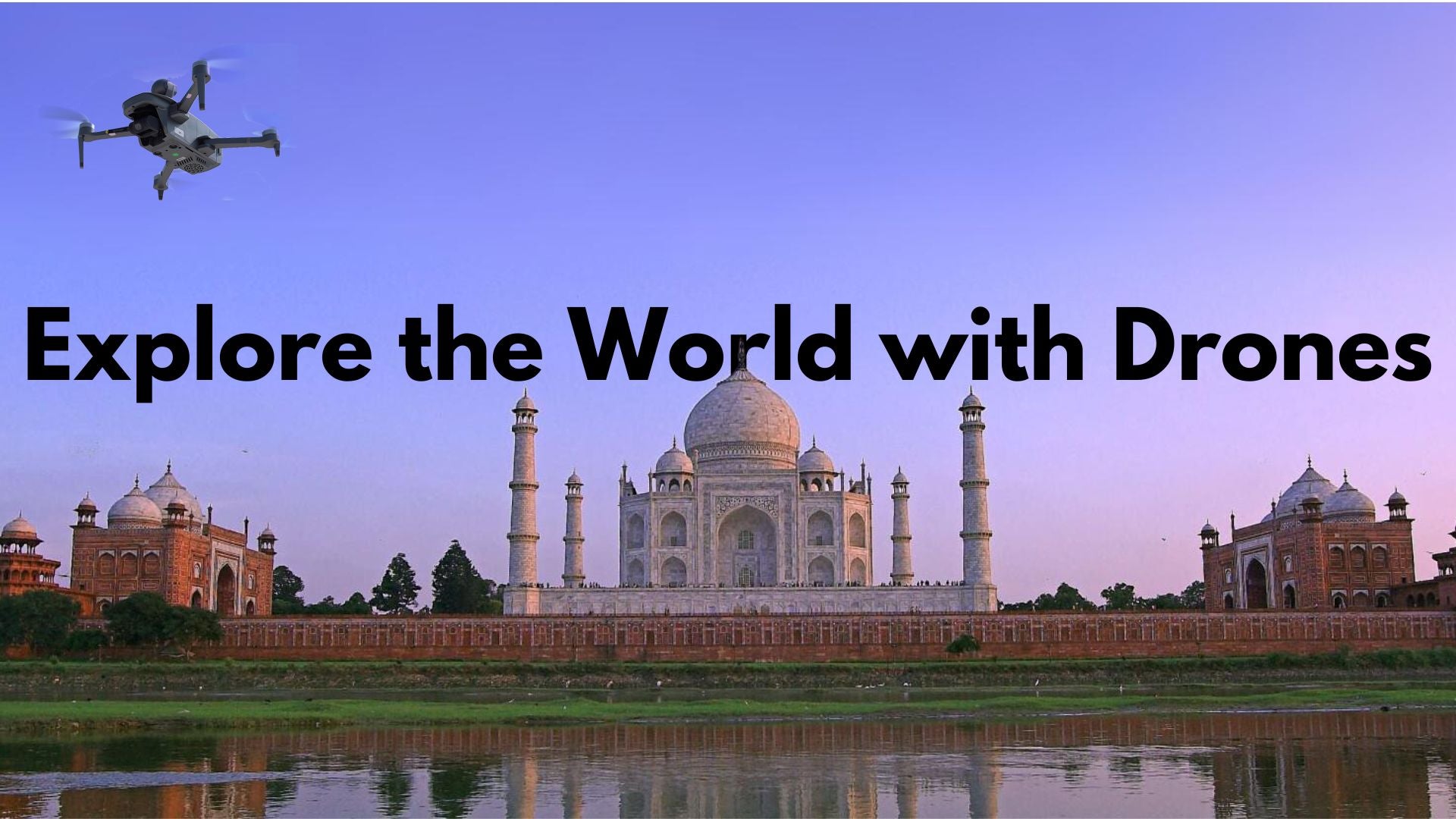Introduction
In India, unmanned aerial vehicles, or drones, are becoming increasingly popular as both professionals and hobbyists take to the sky to explore. Drones are now a commonplace item in our daily lives, not simply a cool tech toy. Learning how to fly a drone is essential for any kind of photographer, professional or amateur, to ensure their own safety as well as the protection of people around them. Maintaining public safety and preventing accidents require drone operators to operate drones safely. We will examine the necessary procedures and laws for safe drone flying in India in this extensive guide.
Understanding the Basics
Before you even consider taking off, embarking on a safe and successful drone flight requires a deep dive into understanding your trusty aerial companion. Familiarize yourself with the essential components, not just their names but their functions and potential quirks. Learn the intricacies of the controller, the functioning of the joysticks and buttons that transform into graceful maneuvers in the sky. Understand the limitations of your drone, its range, battery life, and wind tolerance. Finally, weather your own personal meteorological service. Scrutinize the forecast for wind gusts, rain clouds, and any turbulence that might send your drone flight into the path of failure. By mastering this pre-flight knowledge, you transform from a mere pilot into a confident commander, empowered to make informed decisions that turn every flight into a thrilling symphony of skill and awareness.
Check Local Regulations
Familiarize yourself with the Directorate General of Civil Aviation (DGCA) regulations before takeoff. Their official website outlines the latest rules and requirements for drone pilots, ensuring you operate legally and safely. This knowledge isn't just about avoiding penalties; it's about creating a safe flying environment for everyone. Registration, mandatory for all drones, is your first step. It's a simple process that aids authorities in tracking drones for safety and security purposes. Remember, responsible drone piloting starts with understanding and abiding by the regulations. Take the time to visit the DGCA website and make your next flight a smooth, legal one.
Pre-flight Checklist
First, fuel your drone. A full battery is your ticket to uninterrupted exploration, while a low one can mean a forced landing. Next, check the propellers. Inspect for nicks, cracks, or any signs of imbalance – even a tiny imperfection can throw your drone off track. Check for firmware updates that might inject your drone with a dose of improved performance and bug fixes.
Now, step outside and check the weather forecast. Wind, rain, and even seemingly innocent sunshine can play havoc with your drone's delicate dance with the air. If unsupportive weather, take a rain-check till there is a calmer day with supportive weather. With these meticulous checks, you'll transform your drone from a gadget into a trusted aerial companion.
Choose the Right Location
Be conscious while choosing location. Stay clear of the restricted zones, those not-allowed zones of no-fly territories. Respect the regulations because flying is not only for your own joy but also for maintaining the safety of others. Steer your adventure away from bustling crowds. Avoid parks and festivals shooting at low range as it can harm the safety of the public, dodge the invisible walls – power lines, buildings, trees – that stand sentinel against your airborne dance. DGCA mandates height and distance limitations for drone flights to prevent interference with manned aircraft and ensure public safety. Be aware of the maximum permissible altitude and distance your drone can cover. Adhering to these limits is crucial to avoid accidents and legal repercussions.
With each conscious choice of location, you build a symphony of responsibility, and build a fly-path that ensures safety
Respect Privacy
Respecting privacy is not only a legal requirement but a cornerstone of responsible drone flying. It involves steering clear of capturing images or videos of individuals without their explicit consent and being acutely aware of private property boundaries. By adhering to these privacy guidelines, drone enthusiasts not only avoid potential legal troubles but also contribute to building a positive perception of the drone community within their localities. Ensuring that your drone activities don't infringe on the privacy of others fosters a sense of trust and understanding, creating a harmonious relationship between drone pilots and the community. This commitment to privacy not only aligns with ethical standards but also safeguards the reputation of drone users, encouraging a culture of responsible and considerate flying.
Maintain Visual Line of Sight
Keeping your drone in visual line of sight (VLOS) is essential for safe flying. To successfully monitor your drone's activities and surroundings, make sure you can see it directly at all times. In addition to breaking regulations, flying beyond visual range increases the chance of crashes and compromises on the general safety. Drone operators may help create safer airspace by following VLOS guidelines, which lower the risk of accidents and guarantee responsible drone use. Recall that having a clear line of sight is essential to safe and pleasant drone flight in India, not merely a legal requirement.
Emergency Procedures
Security is a quality that differentiates ethical drone flying with normal flying. Learn how to handle emergencies and how to land your drone safely in the event of a malfunction or low battery. It is possible to minimize potential damage and avoid accidents by being prepared for unforeseen scenarios and taking quick action.
Continuous Learning
Drone technology is constantly evolving, and new laws and regulations are always being introduced. Join online forums like InsideFPV, where enthusiasts exchange information, advice, and experiences, to stay informed. You'll stay ahead of the curve and always be flying responsibly if you never stop learning.
Conclusion
Drone flying is an exhilarating experience that comes with responsibilities. By understanding the basics, following local regulations, and adopting safe flying practices, you can enjoy the skies while minimizing risks. Always prioritize safety, respect privacy, and stay informed about the evolving world of drone technology. Let's make the skies safer for everyone and keep the joy of drones flying alive.
Remember, it's not just about flying drones; it's about flying them safely and responsibly.
FAQs
What should I know before flying a drone?
It's crucial to read up on your country's drone rules so you fly legally and safely. In India, visit the Directorate General of Civil Aviation site to learn about mandatory registration, no-fly zones, height limits, requirements to maintain visual line of sight, and more. These aren't just technicalities - they help create an orderly airspace and prevent accidents. A wise pilot makes regulations for their co-pilot.
How to choose a safe drone flying location?
Steer clear of bustling crowds and private property to avoid injuring people or invading their privacy. Check local flight laws on distances drones can cover and altitude limits, adhering to the rules. Weather is also key - gusty winds and rain can quickly spiral a flight out of control. Scout open areas clear of trees, buildings and power lines that could tangle your drone. Choosing thoughtful takeoff spots keeps everyone secure.
What should be a pre-flight checklist?
Before taking off, verify essentials like battery level, propeller condition, app connectivity and that on-board firmware is up-to-date. Double check weather conditions still enable safe flight. Conducting methodical pre-flight checks reduces mechanical issues mid-air or finding yourself unprepared for changing conditions. They only take a few minutes but give priceless peace of mind.
Why is respecting privacy important for drone pilots?Capturing individuals or private property without consent can lead to legal troubles. Respecting privacy fosters trust with the community and maintains the reputation of responsible drone enthusiasts.
What should I do in case of an emergency during flight?

